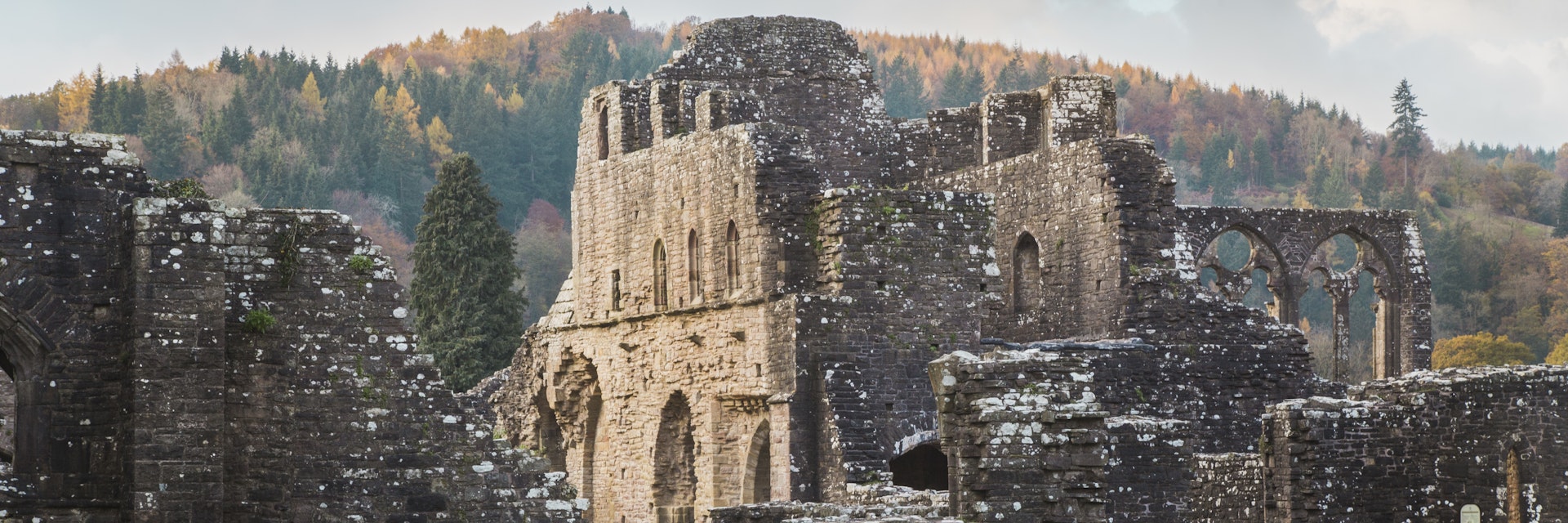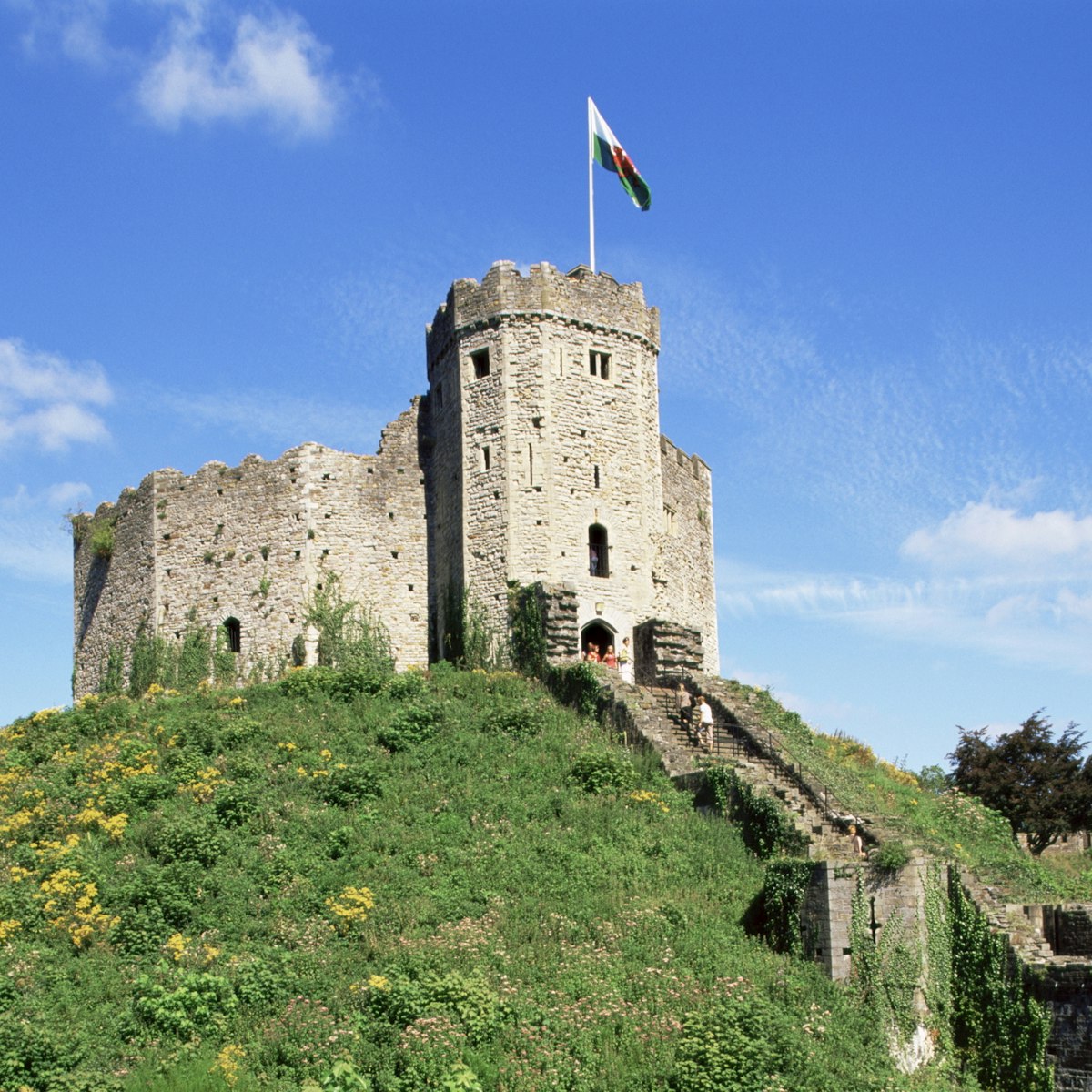The haunting riverside ruins of this sprawling monastic complex have inspired poets and artists through the centuries, most notably William Wordsworth, who penned 'Lines Composed a Few Miles Above Tintern Abbey' during a visit in 1798, and JMW Turner, who made many paintings and drawings of the site. It was founded in 1131 by the Cistercian order and left to fall into picturesque ruin after the monks were booted out by Henry VIII in 1536.
The huge abbey church was built between 1269 and 1301, its soaring Gothic arches testament to the pre-Reformation monastic wealth and power the king so coveted. The finest feature is the ornate tracery that once contained the magnificent west windows. Spreading to the north are the remains of the cloisters, the infirmary, the chapter house, the refectory, the latrines, and a complex system of drains and sewers.
The site is clearly visible from the road, but if you want to explore it properly you'll need a good hour to do it justice. It's best visited either early or towards the end of the day, after the coach-tour crowds have dispersed.
There are plenty of options for riverside walks around Tintern. One of the best begins at the old railway bridge just upstream from the abbey and leads up to the Devil's Pulpit, a limestone crag on the eastern side of the river with a spectacular view over the abbey (2.5 miles round trip).








